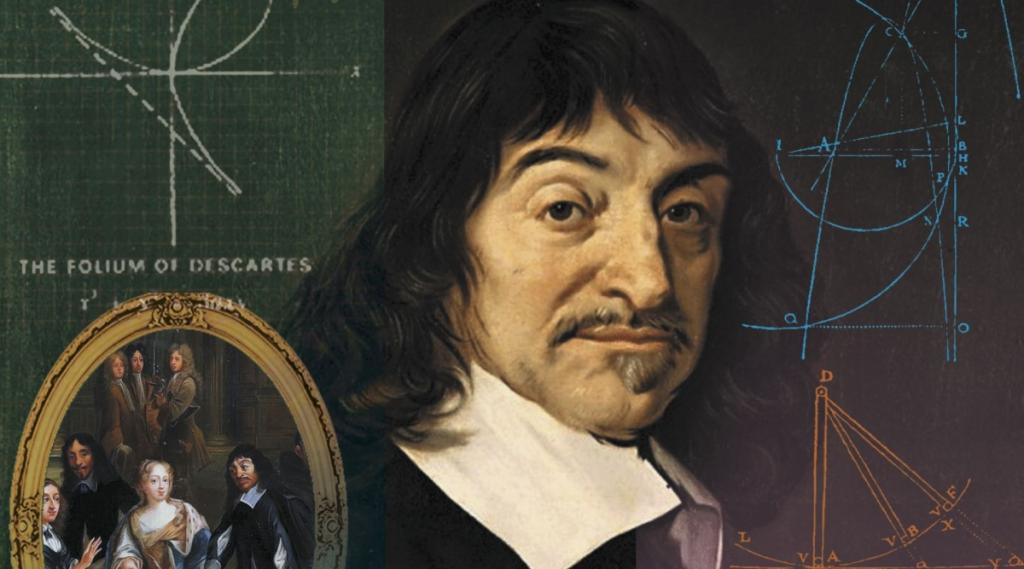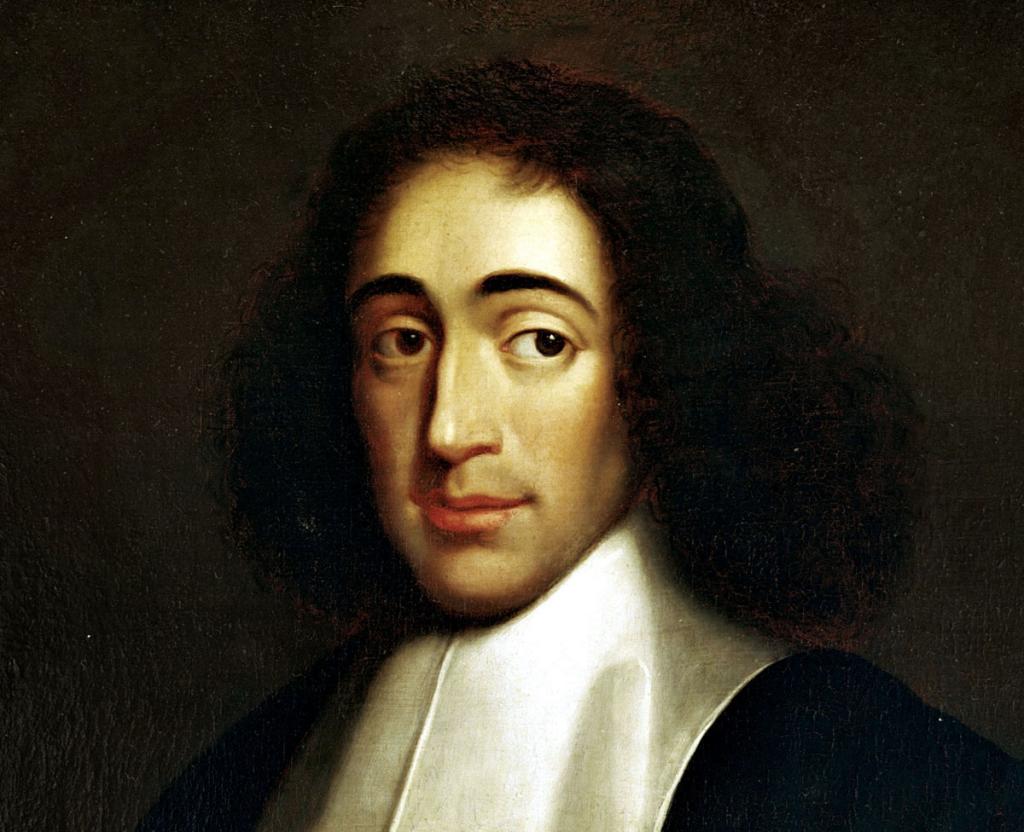Descartes's “Method” is known as the source of the famous quotation “Je pense, donc je suis” (“I think that's why I exist”), which can be found in the fourth work. A similar Latin saying: “Cogito, ergo sum” is contained in “Reflections on the First Philosophy” (1641) and “Principles of Philosophy” (1644).
The bottom line is
Descartes' treatise, "Reasoning about the Method," is one of the most influential works in the history of modern philosophy and important for the development of the natural sciences. In this work, Descartes solves the problem of skepticism, which was previously studied by Sext Empiricus, Al-Ghazali, and Michelle de Montaigne. The philosopher changed it to explain an axiom that he considered irrefutable. Descartes began his line of reasoning, doubting that the world can be appreciated using any preconceived notions.
Book history
The book was originally published in Leiden, the Netherlands. It was later translated into Latin and published in 1656 in Amsterdam. The book was supplemented by three appendices, named in Greek and corresponding to the philosopher's research: "Diopter," "Meteors" and "Geometry." The first volume contains the original concepts of Descartes, which later turned into the coordinate system of the same name. The text was written and published in French, and not in Latin, which at that time was most often written and published philosophical and scientific texts. Most of Descartes' other works were written in Latin.
Value
Together with The Reflections on the First Philosophy, the Principles of Philosophy, and the Rules of the Direction of the Mind, it forms the basis of epistemology known as Cartesianism. The paper substantiates the importance of rationalism in the research process and the basic rules of cognition, which later became widely known as the scientific method of Descartes.
Structure
The book is divided into six parts, described in the author's preface:
- Various considerations regarding sciences.
- The basic rules of the method that the author discovered.
- Some of the moral rules that he deduced from this method.
- The motives by which he establishes the existence of God and the human soul.
- The order of the physical questions that he investigated, and in particular, the explanation of the movement of the heart, as well as the differences between the soul of man and animal.
- That, according to the author, is required for more progress in the study of nature.
Important thoughts
Descartes begins with a warning:
“In order to have an energetic mind, it’s not enough to know. Greatest minds, as they are capable of higher perfection, are also open to the greatest aberrations, and those who travel very slowly can make much more progress if they always keep straight more expensive than those in a hurry, straying from the true path. "
The philosophy of Descartes's method is largely based on his personal experience. He describes his youthful disappointment in education: “As soon as I graduated from the entire course of study ... I found that I had participated in so many dubious deeds and mistakes that I was sure that I had not progressed further ... than the discovery of my own ignorance.” He notes his particular enjoyment of mathematics and contrasts his strong foundations with the "dogmas of the ancient moralists, who are towering and magnificent palaces that have no better foundation than sand and mud."
The path of the philosopher
Descartes traveled to Germany, attracted there by wars. He describes his research as a “building metaphor.” He notes that the buildings and cities that were planned with one hand are more elegant and comfortable than those that grew on their own. He decides not to rely on the principles that he took on faith in his youth. Descartes seeks to find out the true method by which one can know everything that lies within its reach. He identifies four axioms:
- Never take anything for the truth, because no one knows for sure. Carefully avoid prejudice.
- Divide and analyze each of the difficulties under consideration into the maximum possible number of parts that will be needed for its adequate solution.
- To formulate thoughts in a special order, starting the process of comprehension from objects that are simple to understand, going up step by step to more complex phenomena.
- Make the most complete listings of subjects and facts of interest.
Maxim
Rene Descartes does not end with this “Discourse on Method”. The philosopher uses the analogy of rebuilding a house on the basis of a solid foundation and associates it with the idea of the need for temporary residence when his own house is being rebuilt. Descartes adopted the following three maxims to function effectively in the real world, experimenting with his method of radical doubt. They formed a rudimentary belief system from which it was possible to act before he developed a new system based on the truths that he discovered using his method.

The first maxim was to obey the laws and customs of your country, firmly adhering to the faith in which, by the grace of God, he was raised from childhood and regulated his behavior in all other matters in accordance with the most moderate requirements. Descartes advises to be as decisive as he was, especially in his doubts. Always try to conquer yourself, not luck, and change your desires, not the order of the world, and generally accustom yourself to the belief that apart from our own thoughts, there is nothing absolute in our power. So when we do everything in our power, any result cannot be considered a failure.
Cosmogony
Applying the method to himself, Descartes challenges his own reasoning and thoughts. But the philosopher believes that three things are beyond doubt, and support each other to form a stable basis for knowledge. The method of doubt cannot lead to doubt of the cause, since it is based on the cause itself. According to the logical conclusions of the philosopher, God still exists, and He is the guarantor that the mind is not mistaken. Descartes gives three different proofs of the existence of God. Among them there is even what is now called ontological.
His work on such physical and mechanical laws, however, is projected into the “new world”. The theoretical place that God created somewhere in imaginary spaces from special primary matter, turning the original chaos into something orderly, with its own laws, rules, and structure. Descartes goes on to say that based on these circumstances, he was not atheistic and convinced that God created the world.

Despite this recognition, it seems that Descartes’s project for understanding the world is a reconstruction of creation, that is, a real cosmological system, which, based on the experimental method of Descartes, is aimed at not only showing one’s own capabilities, but also making it clear that this way of looking at the world is the only one. There can be no other assumptions about God or nature, since they do not provide a realistic and rationalistic explanation of the universe. Thus, in the work of Descartes we can see some fundamental assumptions of modern cosmology through logical evidence - a project to study the historical construction of the Universe through a set of quantitative laws that describe interactions that would allow an ordered present to be built from a chaotic past.
Anatomy Basics
Further in Descriptions of the Method, Descartes goes on to describe the movement of blood in the heart and arteries, endorsing the conclusions of the English doctors about blood circulation, referring to William Harvey and his work De motu cordis. But at the same time, he categorically disagrees with the function of the heart as a pump, attributing the driving force of the circulation to heat, and not to muscle contraction. He describes how these movements seem to be completely independent of what we think, and concludes that our bodies are separate from our souls. This conclusion is logically inferred from the method of knowledge of Descartes.
He does not seem to distinguish between mind, spirit and soul, which are identified as our ability to think rationally. Therefore, Descartes and derived his famous statement: "I think, therefore, I am." All three of these words (especially “mind” and “soul”) can be identified by the same French term “mind”.
Conclusion
The method of Descartes is the beginning of a rational knowledge of the surrounding reality, which is currently generally accepted. His book, described in this article, laid the foundation for modern scientific thinking. In this regard, it played a very important role in the formation of modern science and civilization as such. Descartes needs to get acquainted with the ideas of everyone who is interested in not only philosophy, but science as such.